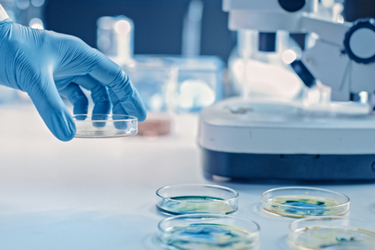Mycoplasma Contamination In Biopharmaceutical Manufacturing

Mycoplasma, tiny bacteria ubiquitous in nature, can contaminate bioprocesses without being readily detectable by conventional methods like cell culture or microscopic observation. The consequences of Mycoplasma contamination typically manifest as poor process performance and low product yields, with potential for more severe outcomes that compromise patient safety.
PCR testing is increasingly favored as the method of choice for rapid, specific, and robust Mycoplasma detection, offering a turnaround time of hours rather than days. Adventitious agent contamination presents a significant risk across the biopharmaceutical manufacturing process, with Mycoplasma being particularly notorious. Comprising over 140 closely related species, these bacteria are exceptionally small, lacking cell walls and therefore immune to antibiotics targeting cell wall synthesis. Contamination rates in established cell cultures have been estimated at 15 to 35%, with higher incidence observed in mammalian and avian cell lines. Learn more about Mycoplasma contamination in biopharmaceutical manufacturing by accessing the article below.
Get unlimited access to:
Enter your credentials below to log in. Not yet a member of Outsourced Pharma? Subscribe today.
